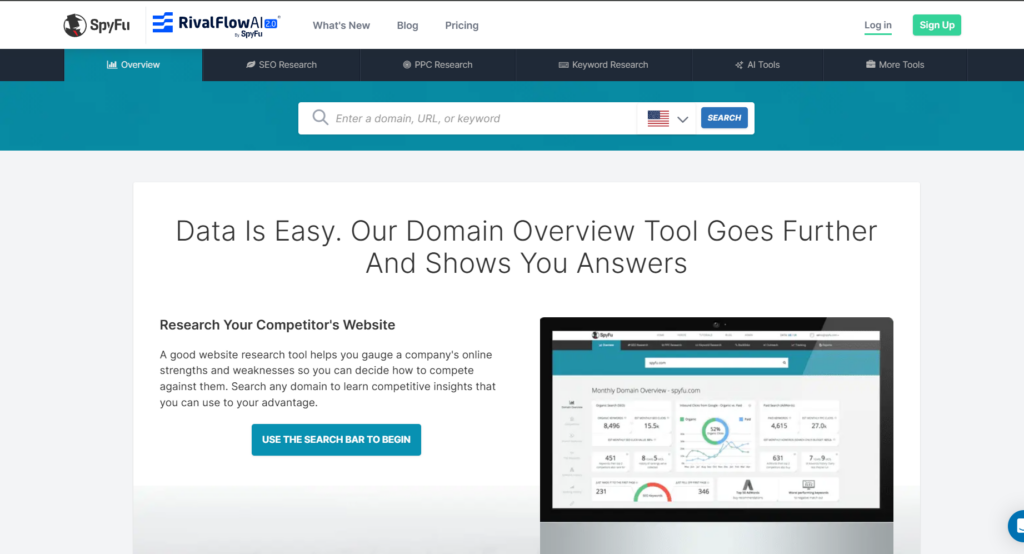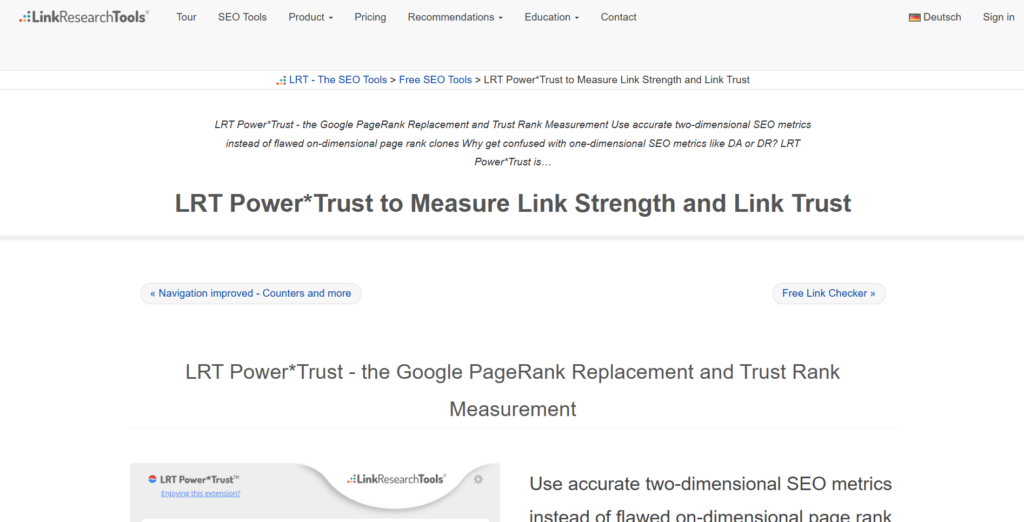In 2025, SEO has grown more sophisticated, but one key metric still plays a major role in how we evaluate websites: domain authority. It’s a quick way to gauge how credible or “strong” a domain is, especially when you’re planning link-building campaigns, sizing up competitors, or deciding who to reach out to.
The challenge? Every SEO tool seems to measure it differently.
From Moz’s Domain Authority to Ahrefs’ Domain Rating and beyond, each platform uses its own formula, scale, and data sources. Some go deep into backlink quality, while others blend in search performance or trust metrics. That means the same domain can score very differently depending on which tool you’re looking at—and that can make decision-making murky.
This blog post unpacks the most widely used (and a few lesser-known) domain authority metrics, breaking down how they work, what they’re good for, and where they fall short. If you have ever wondered which score to trust or how to compare them effectively, you are in the right place.
1. Serpstat – Serpstat Domain Rank (SDR)
Serpstat’s SDR is their answer to domain authority, offering a unique way to evaluate a site’s link profile. What sets it apart is its focus on the link quality of linking domains—a “link of a link” approach that aims to avoid spam traps.

- Scale: 0–100, logarithmic
- Methodology: Calculates a domain’s authority based on the number and quality of referring domains, as well as the link authority of those domains (link of a link approach).
- Strengths: Filters low-quality link spam by analyzing two tiers of backlink sources.
- Limitations: Smaller backlink index than Moz or Ahrefs; SDR is less widely cited.
- Best Used For: Directional link profile analysis within Serpstat’s ecosystem.
2. Ubersuggest – Domain Score
Designed for simplicity, Ubersuggest’s Domain Score gives users a quick read on a domain’s backlink strength. It is beginner-friendly, though a bit of a black box when it comes to how the number is calculated.

- Scale: 0–100, logarithmic
- Methodology: Estimates link authority based on backlink profile quality; details are not fully transparent.
- Strengths: Simple, intuitive, and integrated into UberSuggest’s free platform.
- Limitations: Lacks detailed methodology; indexing gaps may skew results.
- Best Used For: Quick, accessible, competitive comparison for beginners and freelancers.
3. SE Ranking – Domain Trust (DT)
SE Ranking’s Domain Trust aims to bring transparency and frequent updates to domain scoring. If you value logic and freshness in your SEO tools, DT is a strong, affordable option.

- Scale: 0–100, logarithmic
- Methodology: PageRank-like algorithm focusing on quality and structure of backlinks, updated frequently.
- Strengths: Transparent logic, updates often, includes Page Trust for individual URLs.
- Limitations: Smaller index vs. Ahrefs; DT is less recognizable outside SE Ranking.
- Best Used For: Affordable link authority tracking and competitive benchmarking.
4. Mangools SiteProfiler – Aggregated Metrics (Moz DA + Majestic TF/CF)
Mangools doesn’t reinvent the wheel; instead, it aggregates trusted metrics from Moz and Majestic into a handy dashboard. It’s a time-saver for those who want a quick, blended snapshot of domain strength.

- Scale: Uses Moz DA (0–100), Majestic TF/CF (0–100 each)
- Methodology: Displays metrics from other trusted platforms rather than calculating its own.
- Strengths: Convenient, multi-source dashboard; combines quantity and quality views.
- Limitations: No proprietary metric; dependent on the accuracy of other tools.
- Best Used For: Comparing multiple link authority signals at a glance.
5. SpyFu – Domain Strength
SpyFu brings something different to the table—its Domain Strength score blends backlink power with real keyword performance. If you care about how domains actually rank, not just how many links they have, this one’s for you.

- Scale: 0–100
- Methodology: Blends backlink data with real-world ranking performance (keywords, top-10 visibility, etc.)
- Strengths: Reflects actual SERP dominance; includes performance factors beyond links.
- Limitations: Volatile, less transparent weighting, not portable outside SpyFu.
- Best Used For: Identifying truly dominant players in a niche based on search footprint.
6. SEO PowerSuite – Domain InLink Rank
SEO PowerSuite’s InLink Rank leans into classic PageRank logic, making it familiar for old-school SEOs. It’s built on a proprietary crawler and offers a good bang for your buck, especially for solo marketers.

- Scale: 0–100, logarithmic
- Methodology: PageRank-style link equity calculation using proprietary crawler.
- Strengths: Classic algorithm, cost-effective, updated frequently, good Page vs Domain view.
- Limitations: Smaller index; may require explanation in client reports.
- Best Used For: Affordable PageRank-based authority assessment.
7. LinkResearchTools (LRT) – LRT Power & Trust
LRT splits domain strength into two layers: Power and Trust. This dual-metric setup is ideal for deeper link audits, especially if you are looking to filter out risky or spammy links in high-stakes campaigns.

- Scale: Power and Trust on individual scales (0–100 or 0–10), sometimes combined as PowerTrust.
- Methodology: Separates link strength (Power) from trustworthiness (Trust) using proprietary index.
- Strengths: Granular insights; great for risk management and link auditing.
- Limitations: Enterprise pricing is less accessible and not widely used outside audits.
- Best Used For: Advanced backlink audits and spam risk evaluations.
8. Legacy Metrics (No Longer Updated)
Before today’s sophisticated domain authority scores, we had simpler tools that paved the way. Though now outdated, these legacy metrics still influence how we think about authority and rankings.
- Google Toolbar PageRank: Retired 2013–2016; laid the foundation for all modern link metrics.
- Alexa Rank: Retired 2022; measured traffic popularity, not link authority.
These historical metrics influenced the current tools we use. While obsolete, they serve as conceptual ancestors for today’s domain scoring systems.
Which Metric Should You Trust?
There’s no single “best” domain authority metric—each one has its strengths depending on your use case:
- For backlink-focused analysis, use Moz DA, Ahrefs DR, and SEO PowerSuite’s InLink Rank.
- For performance-blended insight: SpyFu Domain Strength or Semrush’s Authority Score.
- For nuanced trust/quality auditing: use LRT’s Power and Trust or Majestic TF/CF.
At Kuware, we believe the best practice is triangulation: don’t rely on one number. Use 2–3 complementary authority metrics alongside qualitative analysis (content, SERP behavior, niche relevance) for the most informed decisions.
Need help choosing the right authority benchmarks for your SEO strategy? Let our experts audit your backlink profile and give you clarity on how your domain really stacks up.
Looking for customized SEO insights or tools to track and compare your authority over time? Reach out to Kuware’s digital strategy team today.

